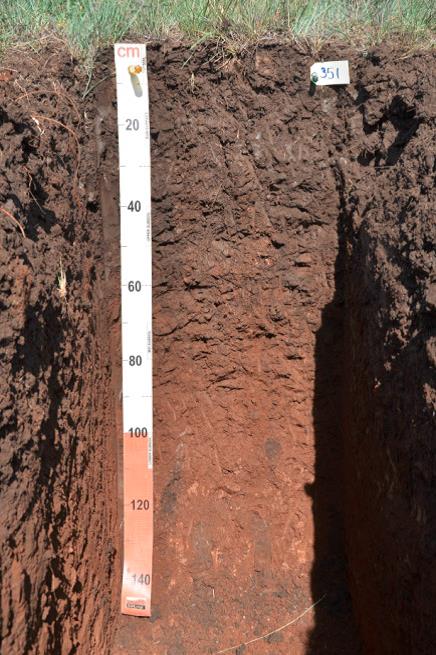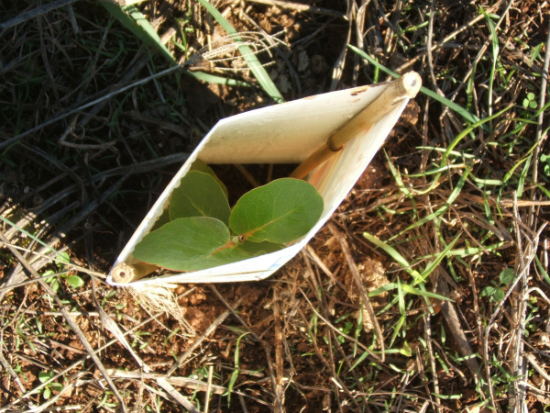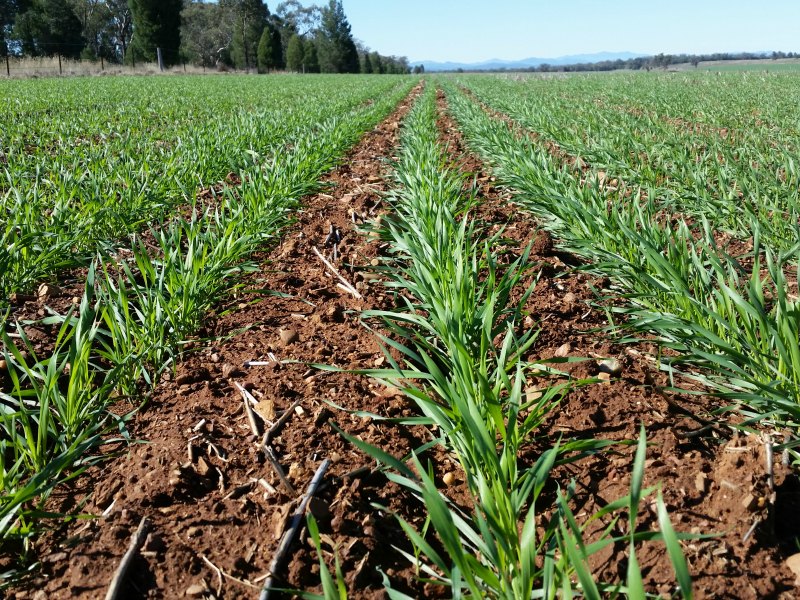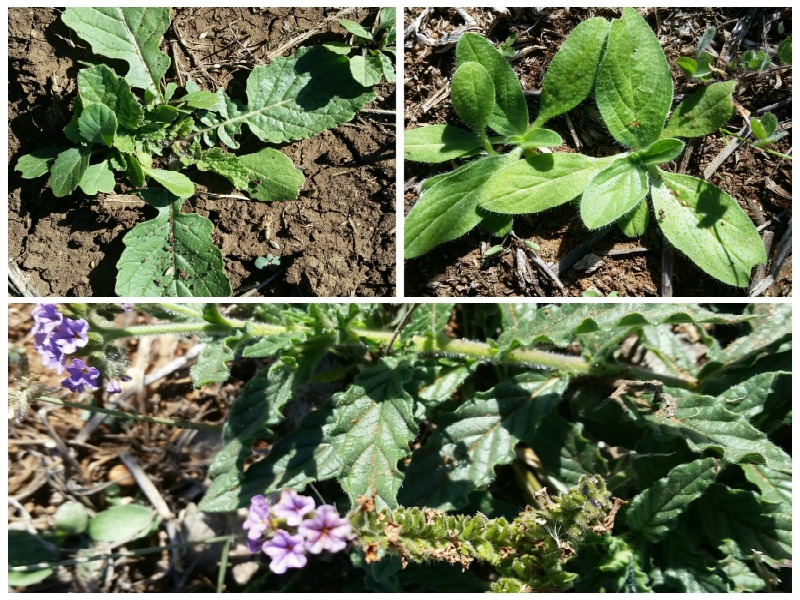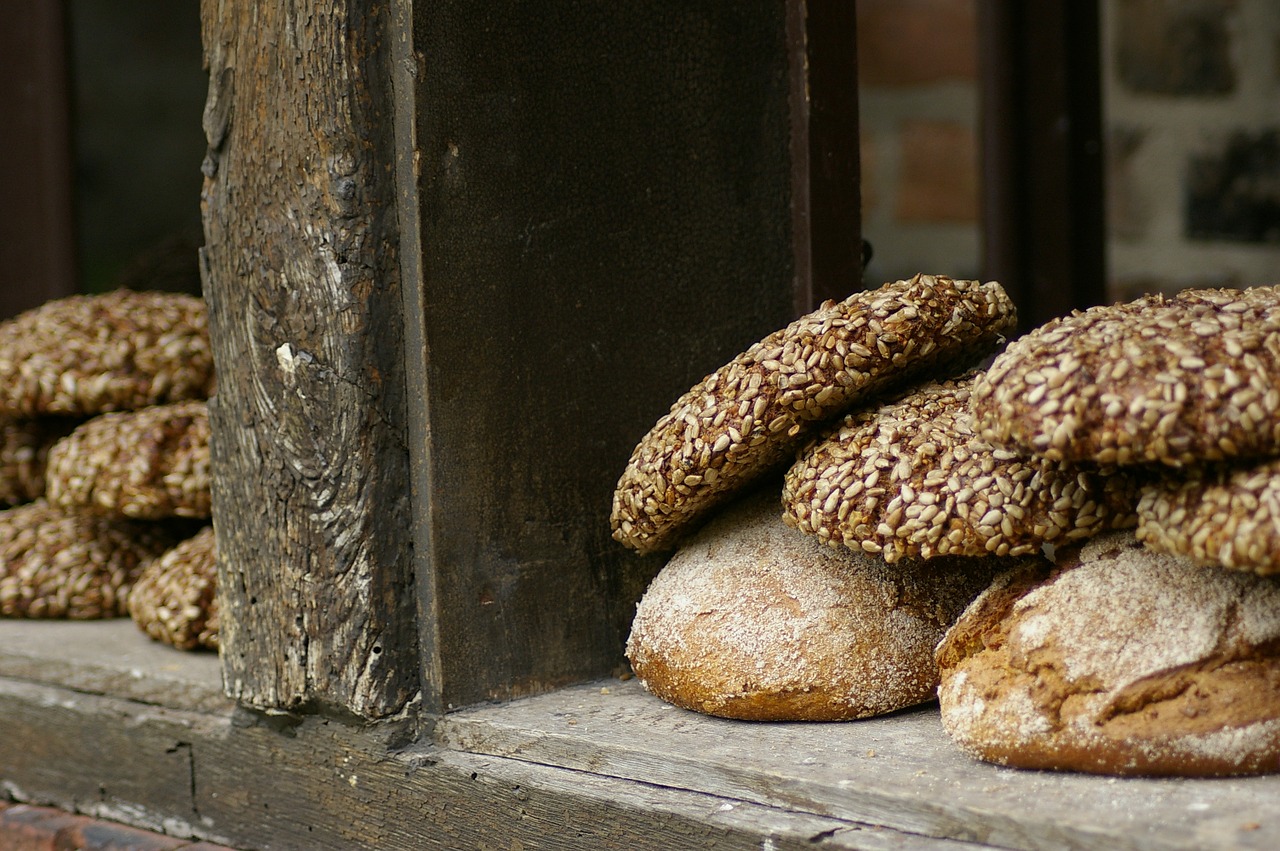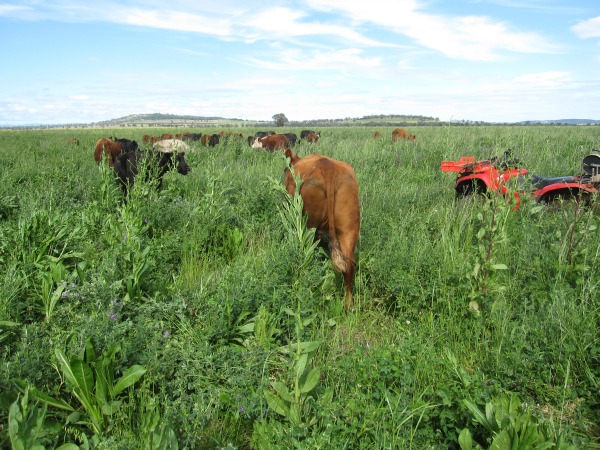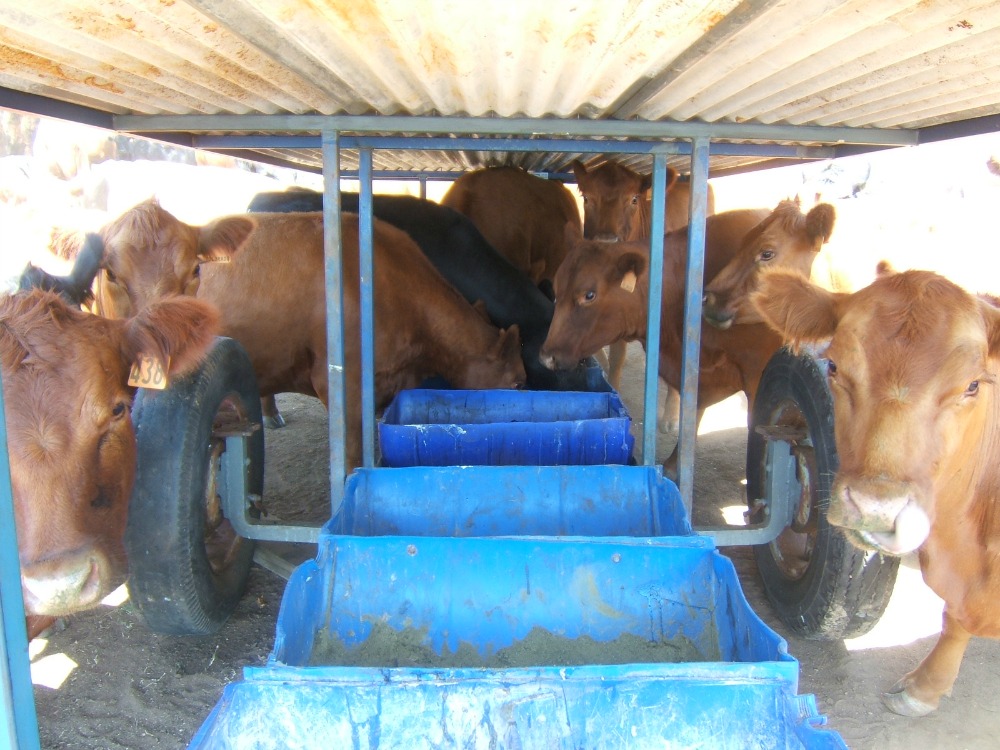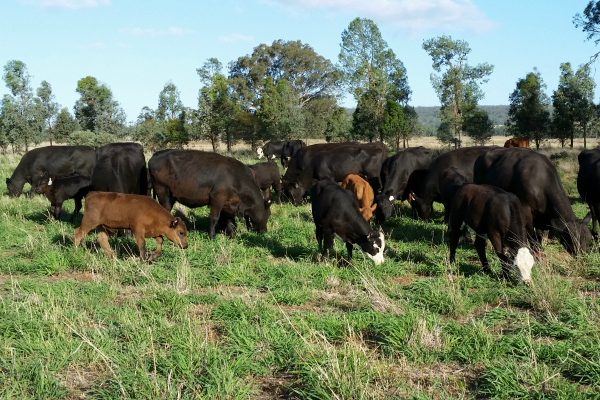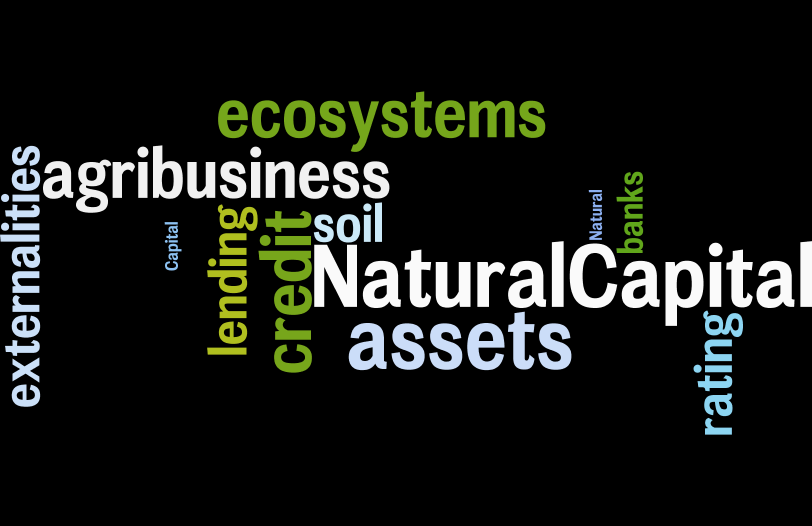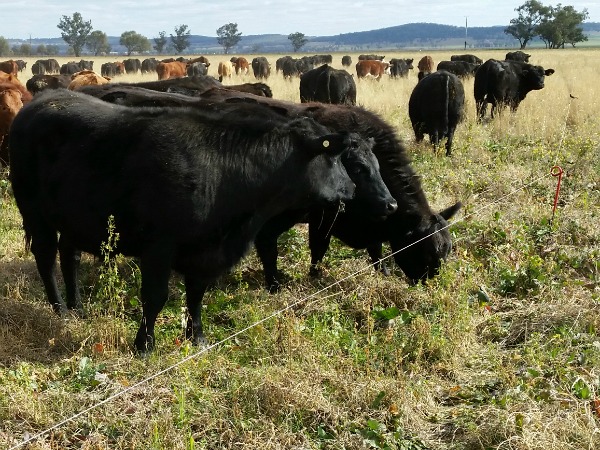What many of us really want to know about carbon trading is if farmers can make money from it. Recent times have seen more methodologies introduced that are more suited to our farming operations, but are they profitable enough to make the paperwork involved worthwhile? The short answer is – I’m not allowed to say!
An ACCU (Australian Carbon Credit Unit)- which is the tradeable carbon unit, is considered a ‘financial product’ and one must carry an Australian Financial Services (AFS) licence to advise on this. Whilst I have carried such a licence in the past – it is no longer current, so I would be breaking the law to infer, predict or advise any likely financial gain or loss from ACCU’s.
I can however, talk about how much carbon one might be likely to sequester into the soil and you can get your own advice on the financial relationship to this carbon. Continue reading “CAN FARMERS MAKE MONEY FROM CARBON TRADING?” »

